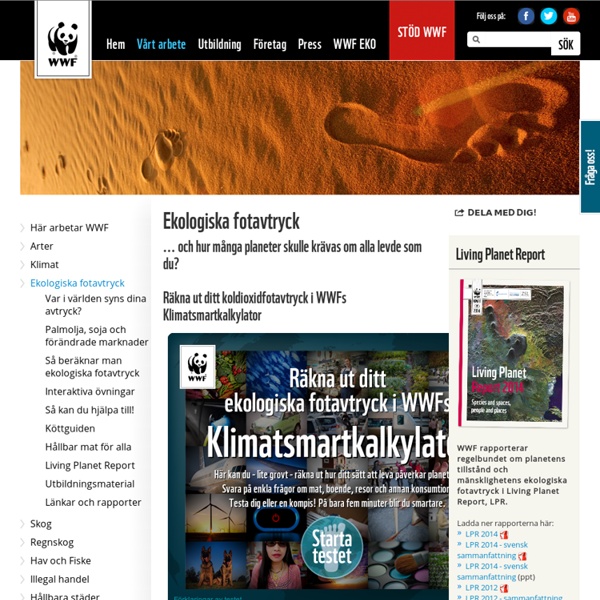



El och värme. Allt du behöver veta för att sänka strömkostnaderna. Undvik standby-läge En apparat som står i standby-läge kan dra upp till 50% av strömmen jämfört när den är påslagen. Bara det att stänga av teven genom att dra ut kontakten, istället för att klicka av den via fjärrkontrollen, gör så att du sparar upp till 100 kronor per år. Dessutom så sänker du även brandrisken och blir mer miljövänlig. Uppskattningsvis så kostar apparater som står i standby-läge ett normalstort hushåll mellan 400 och 600 kronor per år. Täta fönster och dörrar Genom att täta både fönster och dörrar så minskar du värmeutsläppet och således även strömförbrukningen. Sänk värmen Om du vrider ner värmen med 1 grad så minskar du strömförbrukningen med ungefär 5%. Isolera vinden Nästan 15% av ett hus värmekostnader försvinner genom taket. Byt glödlampor Belysningen står ofta för så mycket som 25% av energiförbrukningen. Kastruller Använd bara kastruller som är planslipade. Kylskåp och frys Det är viktigt att hålla rätt temperatur i kylskåpet och frysen. När du ska vädra Golvvärme
märkningen - TCO Känner du igen märkena längst ned? De sitter på 50 procent av världens alla bildskärmar och visar att de klarar högt ställda krav på både bra användaregenskaper och låg miljöpåverkan. Tack vare TCO:s stora engagemang för en bra arbetsmiljö för datoranvändare på kontor har TCO-märkningen haft en stor betydelse för bättre arbetsmiljö för miljoners IT-användare världen över. Idag anses TCO-märkningen vara en av de mest betydelsefulla pådrivarna för allt mer miljöanpassad IT-utrustning, enligt analysföretaget Displays Search. Kvalitets- och miljömärkningen är ett viktigt fackligt verktyg som bidrar till att skapa hållbara arbetsplatser. Genom TCO-märkning kan företag och organisationer enkelt välja IT-utrustning som är bra för både medarbetarna och miljön. TredjepartsmärkningTCO-märkningenär en tredjepartsmärkning, vilket innebär att ackrediterade testlaboratorium verifierar att produkten uppfyller kraven i märkningen.
I love eco ICAs egna varor – bra både för dig och den som gjort dem Med ICA I love eco vill vi inspirera dig till en ekologisk livsstil som både smakar och gör gott. Ungefär hälften av alla ICAs egna livsmedelsvaror, förutom frukt och grönt, är producerade i Sverige. Ofta av mindre företag. Ett exempel är halländska Berte Kvarn som tillverkar ICAs ekologiska mjöl. Mer än mat ICA I love eco är en ekologisk sortimentslinje som har modern design med produkter inom hela ICA. Se filmen om Berte Kvarn och ICAs ekologiska mjöl Innan samarbetet med ICA hade Berte Kvarn ett överskott av mjöl.
Miljömärkning MiljöSiten.se » Arkiv » Miljömärkningar Här nedan har vi samlat ett antal olika märkningar som du kan stöta på i vardagen. Miljömärkning är ett system som garanterar att en vara eller tjänst uppfyller vissa miljökrav. Det kan vara bra att känna till att en miljömärkning inte garanterar att en produkt är bra för miljön, men den är mindre miljöbelastande än andra produkter inom samma produktområde som inte är miljömärkta. Blomman är EU:s officiella miljömärkning. Svanen är Nordens officiella miljömärkning beslutad av Nordiska Ministerrådet. Miljömärkning SIS Miljömärkning sköter det praktiska arbetet med att ta fram kriterier, kontrollera och utfärda licenser för Svanen och EU-blomman i Sverige. Bra Miljöval är Svenska Naturskyddsföreningens miljömärke. Eko Sustainable Textile/Global Organic textile Standard (GOTS) Textile Standard Eko Sustainable Textile och Global Organic textile Standard (GOTS) är märkning som visar textilier producerade av naturliga, ekologiskt odlade fibrer.
Virtuellt vatten Virtuellt vatten är ett begrepp som visar hur mycket vatten som har använts för att skapa en vara eller en tjänst. Till exempel kostar det ca 1300 liter vatten för att producera 1 kg vete[1]. För att räkna ut hur mycket vatten som gått åt för att tillverka en produkt, undersöker man alla produktionssteg. Professor John Anthony Allan från King's College London och School of Oriental and African Studies skapade konceptet virtuellt vatten. Exempel på vattenförbrukning vid framställning av varor:[3] En hamburgare: 2 400 literEtt kg nötkött: 16 000 literEtt kg vete: 1 200 literEtt kg ris: 2 700 literEn liter mjölk: 900 literEtt kg ost: 5 000 literEtt kg majs: 900 literEn tomat: 13 literEtt kg hönskött: 3 900 literEn påse potatischips: 185 literEn kopp kaffe: 140 literEn kopp te: 35 literEtt glas äppeljuice: 190 literEtt glas vin: 120 literEn liter kranvatten: 1,05 literEn t-shirt i bomull: 4 100 literEtt mikrochip: 32 liter Källor[redigera | redigera wikitext]